Hokko Life Review: "A Grindy Animal Crossing With Less Personality"
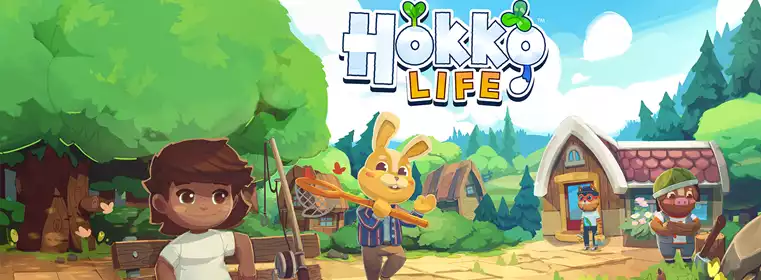
Hokko Life is the newest of cosy games to stumble into players' libraries. From developers Wonderscope, the game is a crafting sim set in a town of animal villagers who task you with building new houses in the village to bring more settlers. Thus, the game unwaveringly brings comparisons to Animal Crossing to mind. To find out if Hokko Life is worth your time and money, read here.
- If you love crafting games, check out our Wandering Villager review, a game that tasks you with building a village on the back of a dinosaur creature.
Uncanny Valley
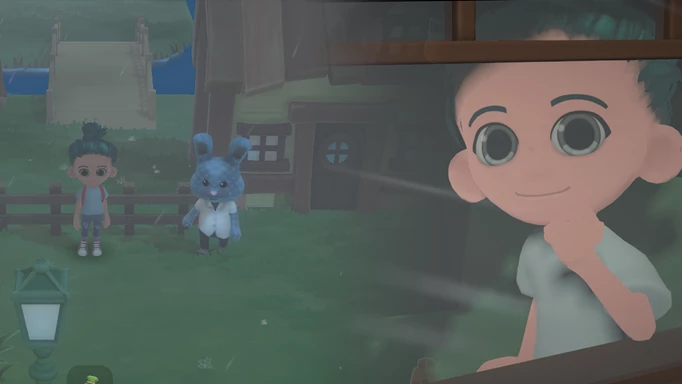

As Autumn rolls on and we gather our Pumpkin Spiced Lattes, blankets, and Halloween decorations close to us, Hokko Life establishes itself as the newest of cosy games to tuck into with the turn of the season. As a trend, these games have found similar success with titles like Stardew Valley, Ooblets, Night in The Woods, and Animal Crossing New Horizons.
Unfortunately, although cosy, it is not a cutesy game. The customisable options for the player avatar are lacking, with only a select few hairstyles to choose from, and with the same pair of unblinking eyes looking back at you, the facial features just seem a little off. This doesn’t end with the animal villagers; they too seem to drift the line between animalistic and human a tad too closely. Whilst, it is not uncommon for games like these to have less appealing characters, unlike Animal Crossing which celebrated this by leaning into the character's personalities, all the characters in Hokko Life meld into one.
The villagers seem one-note, their sole purpose is to populate your village and give you busy work as a means to make money. The sound design doesn’t help as there is no 'talking' noise from the villagers, just the speech bubble and typing noise. Giving the villagers a voice – even if it isn’t English but instead a garbled algorithm of noises – could help bring them to life.
Whilst some players may find the villagers cute, for the most part, it seems as though Hokko Life misses the mark.
Luckily, where the villagers fall short, the background design is better. The village is bright and colourful and features changeable weather, making the game more visually appealing. The music fits into the cosy theme well, with light melodic tunes to keep you company on your crafting journey.
Has The Game Started Yet?
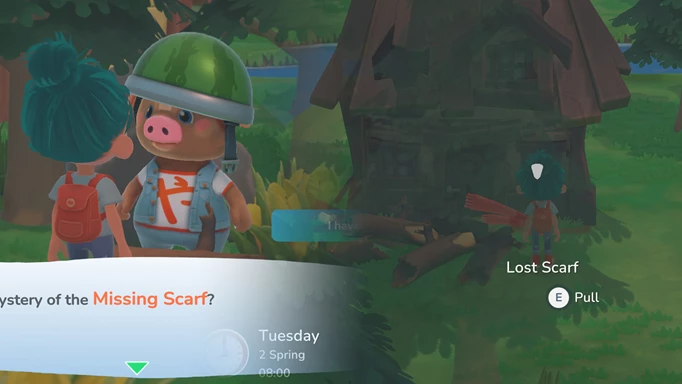

As with most farming and crafting games, your protagonist is unceremoniously dropped off at the station during a stormy night, this is where you'll meet your first two NPCs. The town's innkeeper seems to have a multi-purpose role of feeding the village and organising community issues such as housing. The first few hours of the game will feel tedious, you'll spend much of the game running to and from the same NPCs whilst completing fetch quests.
Often, these quests are to unlock aspects of gameplay that shouldn’t be new to players, such as getting an axe to chop trees, crafting your first furniture item, and planting flowers. These mechanics are brought to the game slowly, and with much back and forth and require extensive, and at times tedious, playing of the tutorial before you're trusted to do it on your own.
Once you finally get a few days into your playthrough and unlock the stairs, you gain access to the higher levels of the town containing the mines. You can't just venture into the mines, you'll have to fix a pickaxe first and then only to be told that you'll also need to craft lanterns. Without lanterns you won't find the game more challenging, it will simply prevent you from advancing and you'll be hit with an invisible wall telling you it's too dark.
The game seems insistent on slowing your progression down and not allowing you a spare moment to simply explore, maybe to distract you from the fact that the town sadly feels empty. There's no unifying sense of community or charm the way that Animal Crossing has with distinct personalities like Tom Nook and Isabelle. A fact that despite the intentions of the developers to distinguish themselves from the popular Nintendo franchise, Hokko Life and its premise will undoubtedly draw comparisons to Animal Crossing regardless.
In The Shadow of Animal Crossing
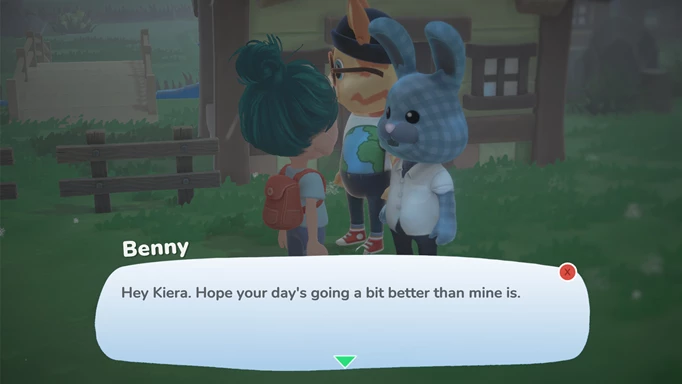

Unfortunately, it is impossible to talk about Hokko Life without relating it to Animal Crossing as much of the gameplay features similar mechanics. The basic premise of the game is much the same but severely lacking in the quirky personality that made us fall in love with Animal Crossing. All the NPCs fall into the background which has much to do with the design.
Whilst Animal Crossing follows a theme for most of their animals and gives them a choice of personality types, this is enough to trick players into feeling as though their villagers are unique, with differing styles and aspirations. Hokko Life is missing that extra spark. Although villagers will interact with each other, if you join their conversation, they stop rather than including you in it. As a result, Hokko Life feels empty and seems more like an Animal Crossing game with more grind and less personality than a game in its own right.
You'll build new homes for villagers to live in, as well as community projects like building bridges and stairways. It takes a few hours of gameplay to unlock the ability to buy crafting recipes before that you'll have to rely on villagers' commissions. There isn’t a commission system like My Time at Sandrock instead, you'll have to talk to villagers to see if they need help.
There is a merit system which will give you additional rewards for completing tasks, this helps you unlock gameplay features like sprinting and decoration items for your home.
The Grind For Success
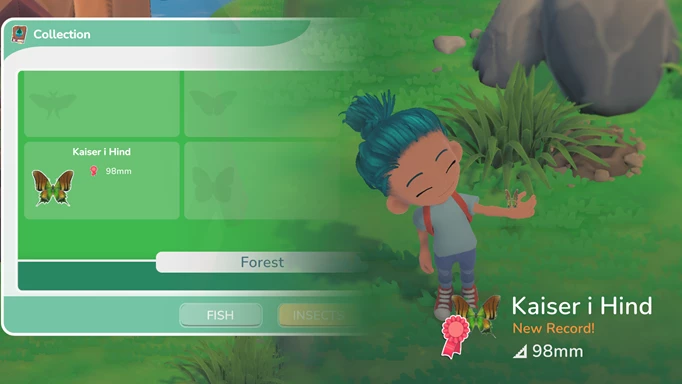

One curious choice for the game was the decision to not put a stamina meter into it. This means you can complete as many projects in a day as you like. There is no stamina bar to keep an eye on, which in other games, would usually deteriorate the more you chop wood or mine stone. Likewise, there isn't a day/night cycle in real-time, you can simply put your character to bed when you deem it necessary.
Whilst this may give players more freedom, it also takes away part of the challenge. There's no real incentive to get things completed and if you're waiting for a building project to finish there's no anticipation for the finished result as you can simply have your character sleep through the days and fast-track the process without any drawback or consequence.
Having the game lock mechanics behind a tutorial that can last upwards of ten hours critically slows down enjoyment. This may not be an issue for the more creative of players as there is plenty of crafting options to decorate your home and village.
Crafting offers choice and room for creativity, but unfortunately, the gameplay mechanics like fishing, mining, bug catching and travelling to town to shop are all locked behind the tutorial. As such, you will have to grind the first few hours of gameplay to get to the more exciting parts of the game.
For a crafting game to distinguish itself in a highly competitive genre is no mean feat. The result of Hokko Life however is that of a slightly average crafting game. Even though the game does open out past the starting hours, it will require you to complete busy work which new players may not have the patience to play out.
5/10
Reviewed on PC. Code provided by the publisher.